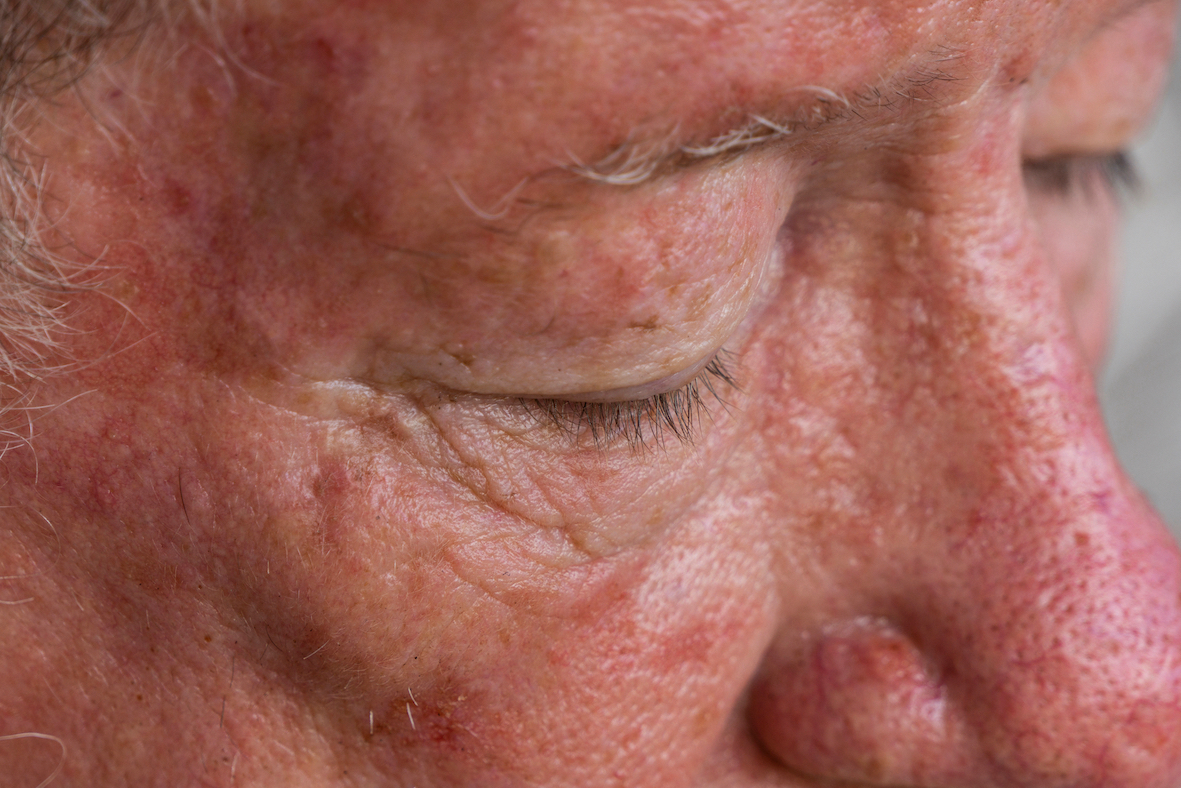 About one in three people living in Tasmania with a history of a keratinocyte cancer (KC) will experience subsequent KCs within five years while about half will do so within 10 years.
About one in three people living in Tasmania with a history of a keratinocyte cancer (KC) will experience subsequent KCs within five years while about half will do so within 10 years.
The findings, published in the Australasian Journal of Dermatology [link here], provide some insight for service planning, clinical and patient education.
The study, from the Menzies Institute for Medical Research, followed more than 61,000 people in the Tasmanian Cancer Registry (TCR) with a first KC recorded between 1985 and 2013.
Tasmania is the only Australian jurisdiction that registers KCs, despite recent calls for a national registry. [link here]
The study found almost a third of those diagnosed with a first KC of any histological type had subsequent KCs notified within five years, representing a 33% cumulative risk.
“The risk of subsequent KCs of the same histological type as the first KCs was higher than the risk of subsequent KCs of different histological types,” the authors said.
“The cumulative risk of subsequent KCs increased more sharply during the first 2 years of follow-up than in subsequent years.”
“Nonetheless, this population continued to experience subsequent KCs for at least 5– 10 years after the first diagnosis, so long-term follow-up, potentially for life, may be warranted.”
It found that 44% of the cohort had developed subsequent KCs at 10 years of follow-up, representing a 50% cumulative risk.
Compared to people diagnosed with a single BCC or single SCC, those diagnosed with two or more synchronous BCCs or two or more synchronous SCCs increased the cumulative risk of developing subsequent KCs by 69%.
“Persons diagnosed with synchronous one BCC and one SCC had slightly higher cumulative risk (52%) than those with two or more synchronous BCCs (46%) or two or more synchronous SCCs (49%),” the study said.
“Those first diagnosed with three or more synchronous BCCs and SCCs had the highest cumulative risk of developing subsequent KCs (74%).”
The study authors said occurrence of subsequent KCs following a first BCC or SCC was 11–12 times higher than expected in the general population.
“Very few previous studies have compared the incidence of KCs in this way. In Australia, this is largely attributed to a lack of cancer registry data, which is paramount for the ascertainment of the first-ever lesion at the population level.”
“Our findings further corroborate those of international studies that showed significantly higher incidence among persons with a history of KC.”
While the incidence of KC increases with age, the study found people first diagnosed with a KC early in life were at much higher risk of developing subsequent KCs than persons of the same age in the general population.
The finding might be explained by predispositions to developing multiple skin lesions, due to genetic susceptibility, immunosuppression, Gorlin syndrome or xeroderma pigmentosum, or more intensive surveillance in younger patients with a first KC.